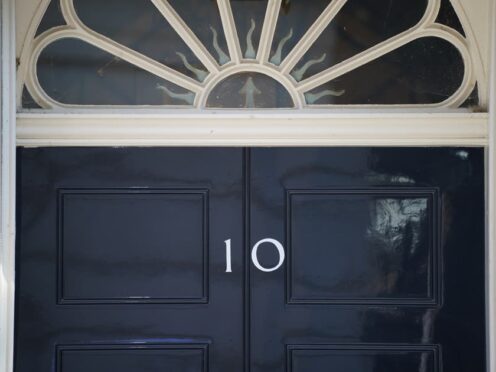
Sir Keir Starmer will take the keys to Downing Street after voters handed Labour a landslide victory in the General Election, ending the party’s 14-year hiatus from power.
He will take over from Rishi Sunak, who will vacate No 10 after the Conservatives suffered a crushing defeat.
While timings might change, here is a look at how the handover of power will unfold.
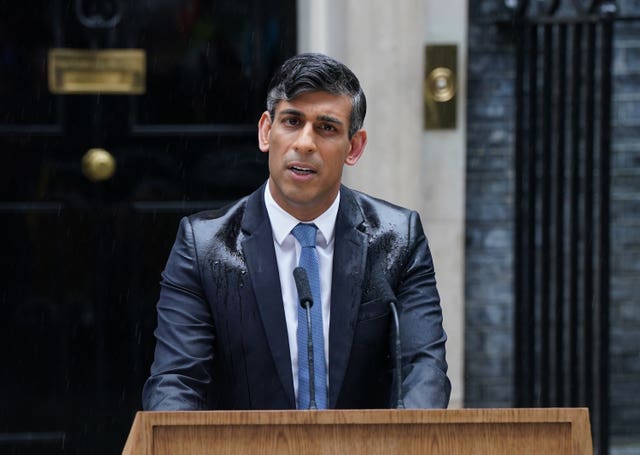
– Friday July 5
Mr Sunak is expected to step out and make a departing statement outside the famous black door of No 10.
He will then take a short car ride from Downing Street to Buckingham Palace for an audience with the King, in which he will formally tender his resignation.
Once he has left, it is Sir Keir’s turn to see the King at the palace. He will be appointed as the country’s next prime minister and asked to form an administration.

The Labour leader will then be driven down the Mall to Downing Street to address the nation for the first time as prime minister.
It is customary for the new prime minister to be greeted by the Cabinet Secretary and Principal Private Secretary – currently Simon Case and Elizabeth Perelman – at the door of No 10.
“And then the staff of No 10 are lined up in the corridor, that long corridor down to the Cabinet Room, and they will clap,” Lord Robin Butler, who oversaw the transition as cabinet secretary when Labour swept into power in 1997, told the PA news agency.
The new premier then typically heads into the Cabinet Room to receive security and intelligence briefings from civil servants.
Sir Keir will be handed the nuclear codes and write “letters of last resort” to commanders of submarines carrying Trident nuclear missiles with secret orders on what to do if the Government has been wiped out in a nuclear attack.
This intensive induction into his prime ministerial duties will have to be fitted alongside key political decisions, including appointing his Cabinet as he begins to form a government.
This is one of the most visible parts of a change of government, with ministers walking in and out of No 10 in front of the rolling cameras outside.
Westminster watchers do not expect major changes to Sir Keir’s top team, with Rachel Reeves set to become the first ever female chancellor, Angela Rayner becoming deputy prime minister and David Lammy set to keep the Foreign Office brief.

Sir Keir couldalso start receiving calls from international counterparts wishing him well in the new job.
Former Whitehall chief Lord Gus O’Donnell, who served Mr Blair, Gordon Brown and David Cameron, said: “There will be countless telephone calls from world leaders wanting to congratulate him on his achievement, all of which will potentially provide opportunities for constructive dialogue.
“The Foreign, Commonwealth and Development Office will provide briefs to make sure none of these conversations are wasted.
“Meanwhile, the hapless private secretary will be wondering how to fit in calls from relatives in between, and how to screen out bogus ‘friends’.”
Recalling Mr Blair’s first hours in Downing Street, Lord Butler said that while the newcomer’s parents had coffee on the terrace outside the Cabinet Room, “we spent the afternoon making the appointments” and “what seem like trivial” decisions such as “who is going to have Dorneywood”, referring to the grace-and-favour country residence typically assigned to the chancellor, “and the order of seniority in the Cabinet”.
“There will be personal things” to sort out, the peer said, including moving-in arrangements and whether the prime minister will take the larger flat above No 11 usually inhabited by the chancellor, as Mr Blair did “because the living accommodation was enough for a family”.
“They didn’t ask to come in and see it beforehand, for the obvious reason that measuring the curtains looks rather presumptuous,” the former top mandarin said.
“We’d arranged a piano so the children could do their piano practice.”
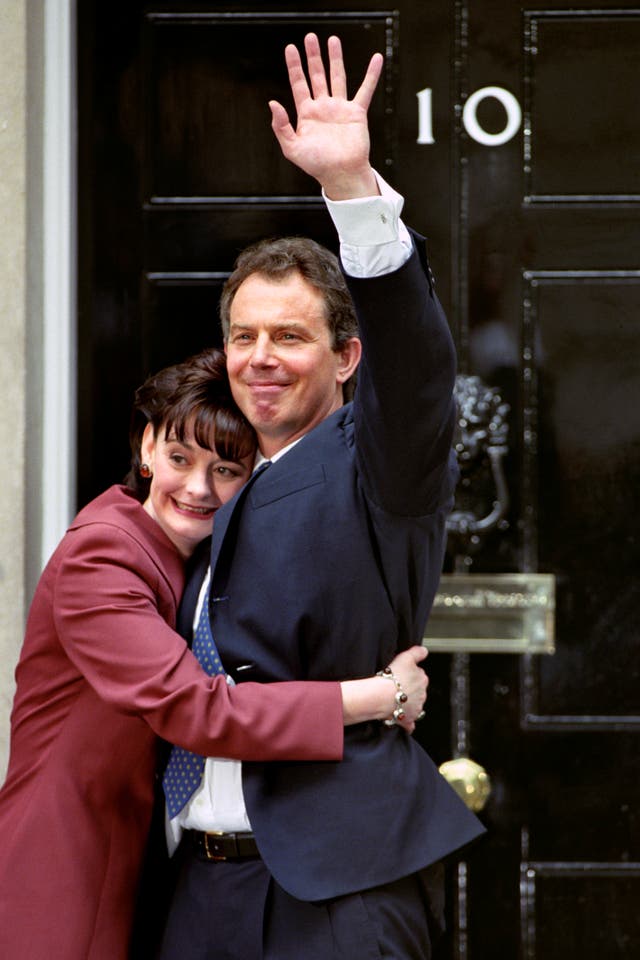
Meanwhile, new MPs are expected to arrive in Parliament from Friday morning, with House of Commons officials ready to assist them over the weekend and beyond.
They will be paired up with a “buddy” who will brief them on their role and to help them navigate the estate, get advice on parliamentary procedure and etiquette, and meet HR and IT staff as they work to get their support teams established.
– Weekend of July 6-7
Appointments of junior ministers are likely to continue, as will calls from world leaders and first ministers of the devolved nations.
“Then there are immediate diary questions – when’s going to be the first Cabinet,” Lord Butler said.
Legislative priorities and the timing of any major policy announcements will also need to be worked out.
“The Government has got to show that it’s taking charge immediately, and doing what’s necessary,” he said.
Sir Keir has signalled that at least three housing announcements could be made in the first two weeks of a Labour government.
Decisions such as allocating office space in No 10 – famously ill-suited to be a modern workplace with its maze-like layout – “have got to be decided on the first weekend because they’re necessary in order for people to start working”.
Sir Keir’s chief of staff Sue Gray, who spent years at the top of the Civil Service, will likely be involved in decisions about how the prime minister will work, how the centre of government will be set up and his diary for the first few days – some of which will have been agreed in access talks.
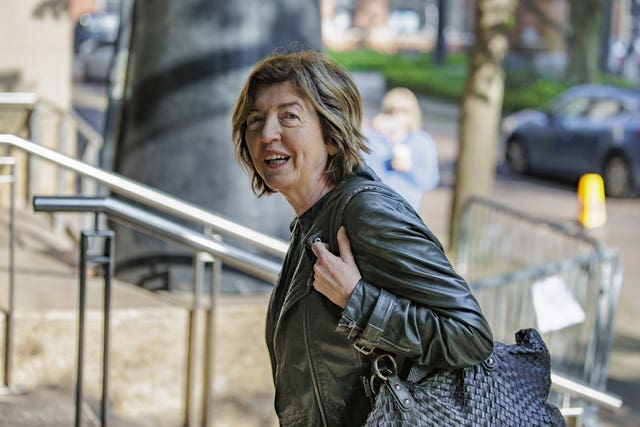
The Labour leader’s expected attendance at the Nato leaders’ summit the following week will also require briefings to be readied and decisions to be made about which officials should accompany him.
Lord O’Donnell, who served as Cabinet Secretary for six years, said: “His briefing pack will be extensive: Russia, Ukraine, the Middle East, the race for the US presidency, European defence spending. There is a lot to take in, and little time to prepare.”
– Tuesday July 9
The new Parliament will be summoned to meet.
The first business will be to choose a Commons Speaker – with Sir Lindsay Hoyle set to be re-elected.
Congratulating the Speaker will be Sir Keir’s first opportunity to speak at the despatch box as prime minister and he will likely offer some rhetoric on the future.
Swearing-in could begin on the same day or the next and will continue for several days. MPs and peers will take the oath, with the Government going first, followed by some other established figures. MPs are not allowed to speak in debates, vote or receive their salary until they make an oath or solemn affirmation of allegiance to the Crown.
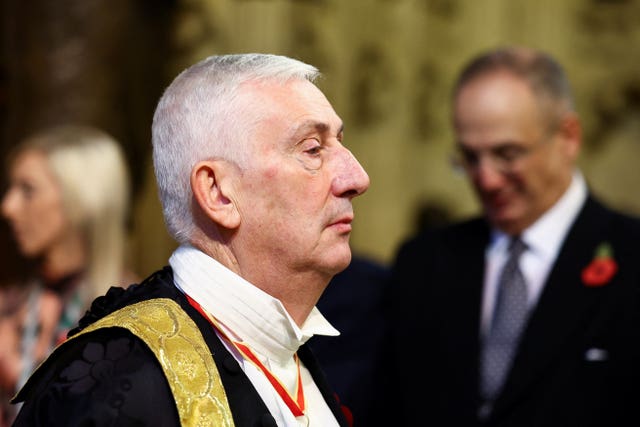
– July 10-11
Just days after becoming prime minister, Sir Keir will be propelled onto the world stage, jetting to Washington DC for the Nato leaders’ summit.
Issues will include what more support should be given to Ukraine, the Middle East and the US election in November.
Sir Keir may hold bilateral meetings with Ukraine’s Volodymyr Zelensky and US President Joe Biden.
– Wednesday July 17
The King will preside over the pageantry of the State Opening of Parliament, marking the formal start of the new parliamentary session at the Palace of Westminster.
A key component of the ceremony is the King’s Speech, where he sets out the government’s legislative programme for the coming session. The creation of Great British Energy and planning reform are expected to be at the forefront.
No substantive parliamentary business can typically take place until after the speech is delivered. It is debated and voted on in the following days.
Lord Butler said: “One of the biggest decisions which has to be taken, and is a collective decision, is the contents of the King’s Speech. Because they certainly can’t do all the legislation, all the things they promised in their first parliament.”
– Thursday July 18
The UK is hosting a gathering of the European Political Community, the body that brings all 27 EU member countries together with 20 others from outside the bloc.
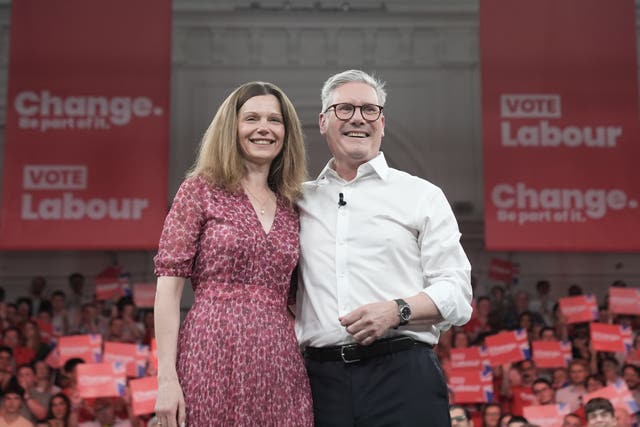
Sir Keir will welcome around 50 heads of government to Blenheim Palace in Oxfordshire, giving him an opportunity to set the tone for his Government’s approach to the UK’s relationship with the EU.
While Labour has ruled out rejoining the single market or customs union, the party is seeking a better trade relationship with the bloc.
– Tuesday July 23
Before Mr Sunak called the election, this was when summer recess was scheduled to start.
However, this would not leave enough time for the usual six sitting days to debate the King’s Speech.
Sir Keir is expected to cut short the summer break, with MPs sitting until July 31.

Enjoy the convenience of having The Sunday Post delivered as a digital ePaper straight to your smartphone, tablet or computer.
Subscribe for only £5.49 a month and enjoy all the benefits of the printed paper as a digital replica.
Subscribe